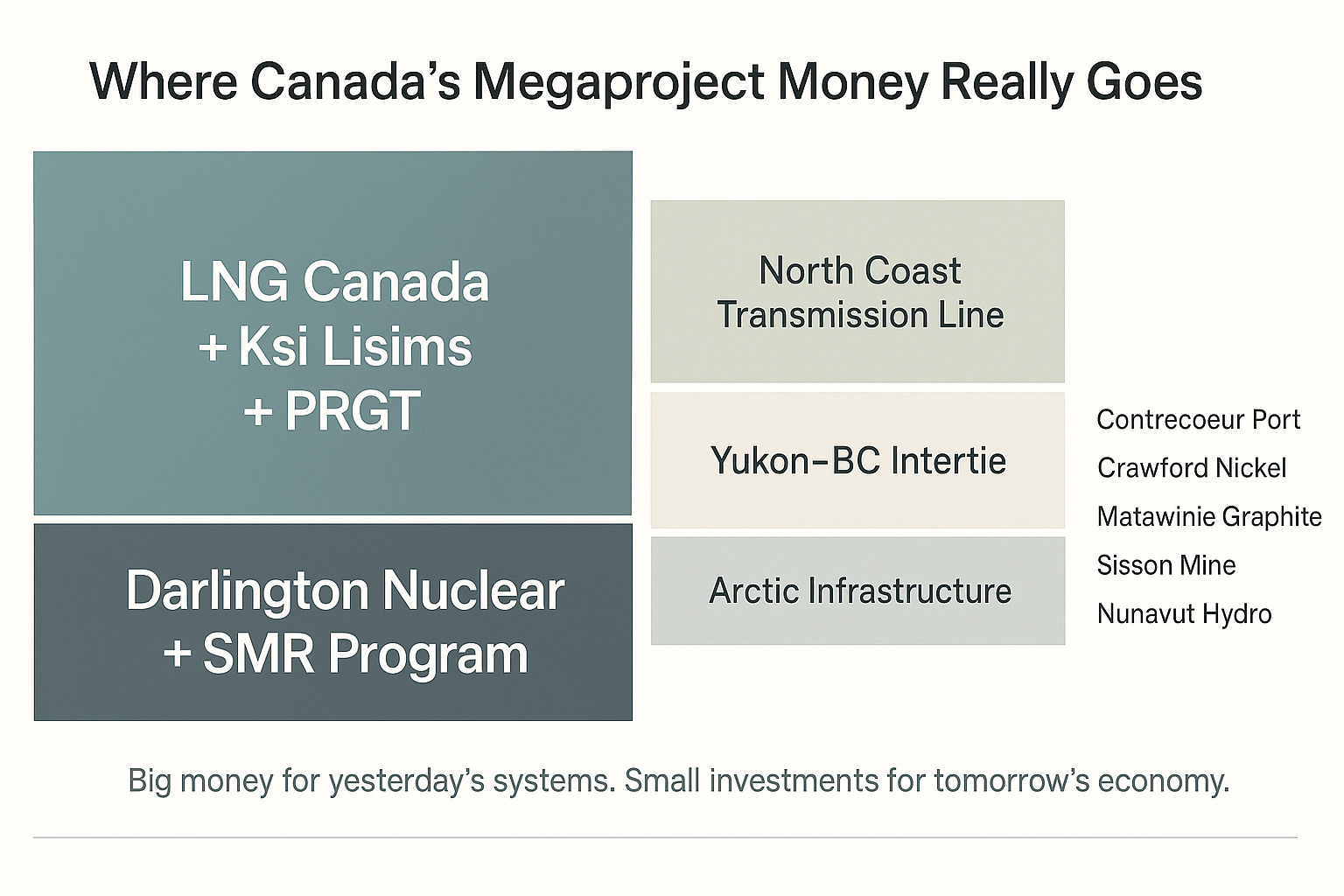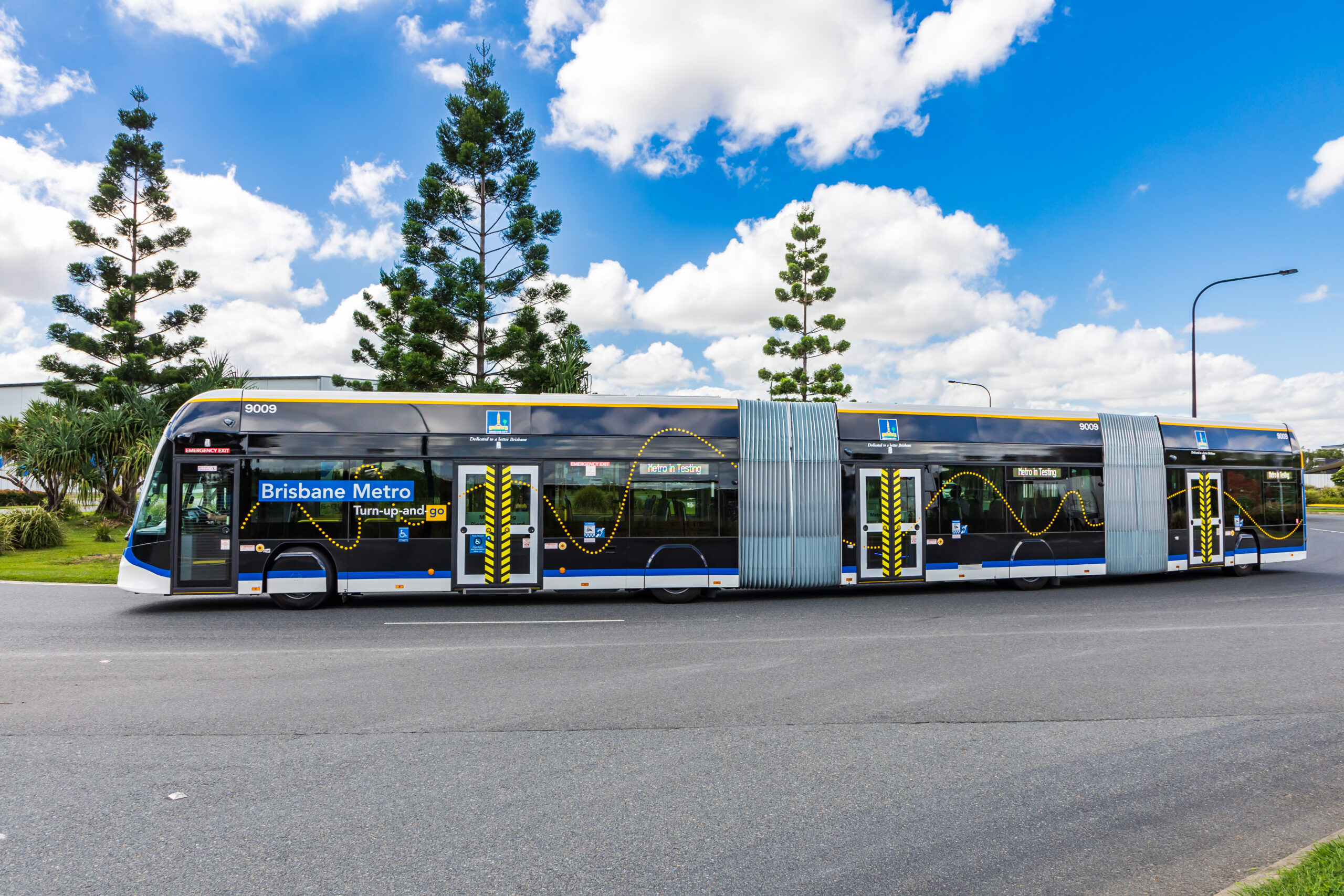Ahead of its next iteration from October 29–31, IMARC is embracing innovation and collaboration as it delivers another jam-packed event.
The 2024 edition of the International Mining and Resources Conference (IMARC) is shaping up to be a comprehensive and vibrant event that not only covers the full spectrum of the mining industry but also extends its reach into emerging sectors.
IMARC event director Sherene Asnasyous said there has been significant growth in both the scale and scope of the event.
One of the major additions to this year’s IMARC is the mine and project development stream.
“Historically, mining events have focused heavily on exploration and investment, but IMARC has recognised the need to delve deeper into the challenges of bringing mining projects from discovery to production,” Asnasyous told Australian Mining.
“It can take up to 16 years for a mining project to move from initial discovery to full-scale production.
“This new stream is designed to address the complexities involved in this process, including funding, planning, and risk management.”
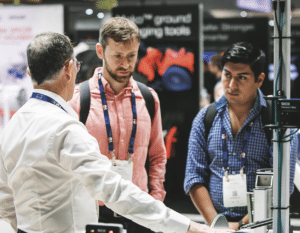
Image: IMARC
Asnasyous said the introduction of this stream has been met with considerable enthusiasm from across the industry.
“Engineering firms, state governments, banks, and investors are all keen to participate,” she said. “Stakeholders are particularly interested in discussions around how to fast-track mining projects.
“There’s a real desire for collaboration between the public and private sectors to accelerate project timelines.”
Another exciting development at IMARC 2024 is the expanded focus on the intersection between mining and space exploration, which is not just a matter of curiosity, it represents a strategic imperative for the future of both industries.
As the demand for critical minerals rises, traditional terrestrial sources are becoming increasingly scarce, driving interest in the potential for space mining.
The IMARC 2024 program will explore how advancements in robotics, artificial intelligence and autonomous systems originally developed for space missions are now being adapted for use in mining operations on Earth.
This topic was first introduced three years ago with a single panel discussion, but the growing interest and investment in space-related technologies has prompted IMARC to dedicate an entire program to this topic.
“We’ve seen incredible interest in the crossover between mining and space, so much so that we’ve expanded this topic to cover four to five hours of programming,” Asnasyous said.
“We’re thrilled to have participation from major organisations like NASA and DARPA (Defense Advanced Research Projects Agency), which highlights the importance and potential of this new frontier.”
“The collaboration between the mining and space sectors is not just a theoretical exercise; it’s a practical one.
“This crossover has attracted companies that traditionally wouldn’t participate in a mining conference, further broadening the scope of IMARC.”
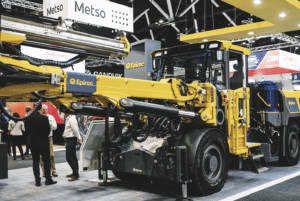
Image: IMARC
IMARC is also placing a strong emphasis on the mining industry’s role in the global transition to a net-zero economy, which is reflected in the executive briefings and discussions that will take place throughout the event.
“The focus will be on how the mining industry can contribute to reducing carbon emissions, both through its own operations and by supplying the critical minerals needed for renewable energy technologies,” Asnasyous said.
The inclusion of environmental, social, and governance (ESG) topics in the IMARC program highlights the industry’s commitment to sustainable practices.
Beyond the standard hurdles of securing permits and funding, modern mining projects face an increasingly complex regulatory environment and heightened scrutiny from local communities and environmental groups.
“The industry is under immense pressure to not only deliver projects on time and within budget but also to meet increasingly stringent ESG standards,” Asnasyous said. “This stream is designed to provide a forum where these challenges can be addressed head-on.”
One of the key issues that will be tackled in the ESG stream is the integration of new technologies to streamline project timelines.
From advanced geological modelling software to automated drilling systems, technology is playing a critical role in reducing the time it takes to move from discovery to production.
“Innovation is essential, but we also need to look at how we can create more collaborative frameworks between industry stakeholders, governments, and local communities to ensure that these projects can progress smoothly,” Asnasyous said.
“We’re seeing a significant shift in the industry’s approach to sustainability, and IMARC is at the forefront of these discussions.”
The conference will feature discussions on how mining companies can not only minimise their environmental impact but also play a leading role in the circular economy.
This involves rethinking waste management, recycling, and the reuse of materials, all of which are critical to achieving net-zero goals.
Asnasyous said IMARC is making a concerted effort to foster diversity and inclusion within the mining industry.
“This year, we’re proud to feature over 20 First Nations and Indigenous leaders who will share their insights across various streams, including project development, ESG, and decarbonisation,” she said.
This is part of a broader commitment by IMARC to ensure that a diverse range of voices is heard and that the industry benefits from the unique perspectives these leaders bring.
IMARC is also investing in the future of the industry through its NextGen program.
Following the success of last year’s initiative, which saw 220 primary school students visit the conference, IMARC has expanded the program to include high school and university students.
“We’re thrilled to welcome over 140 undergraduate and graduate students this year,” Asnasyous said.
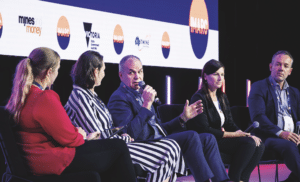
Image: IMARC
“They’ll have the opportunity to attend IMARC, participate in guided tours, meet with industry CEOs, and even share their perspectives as part of the conference program.”
IMARC’s growth is not just limited to its content but also its global reach. The conference is increasingly attracting international participants, including delegations from countries such as Mongolia, Chile, and Peru.
“The critical minerals conversation has been a significant driver of this international interest,” Asnasyous said. “Countries such as Germany and France are sending strong delegations to explore opportunities in this sector.”
Asnasyous said IMARC’s growing international presence is a strategic move that aligns with global trends in the mining industry.
“As countries around the world look to secure supplies of critical minerals for their energy transitions, IMARC provides a platform for dialogue and collaboration that can lead to new partnerships and investments,” she said.
IMARC is not just a conference, it reflects the mining industry’s evolving role in the global economy.
By expanding its program to include new streams like mine and project development and mining and space, IMARC is positioning itself at the forefront of industry innovation.
At the same time, the event’s commitment to sustainability, inclusivity, and next-generation talent ensures that it remains relevant and impactful in a rapidly changing world.
This feature appeared in the October 2024 issue of Australian Mining.



